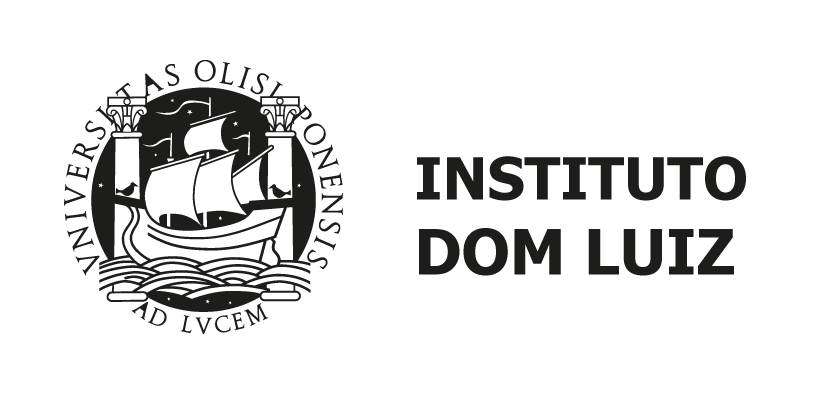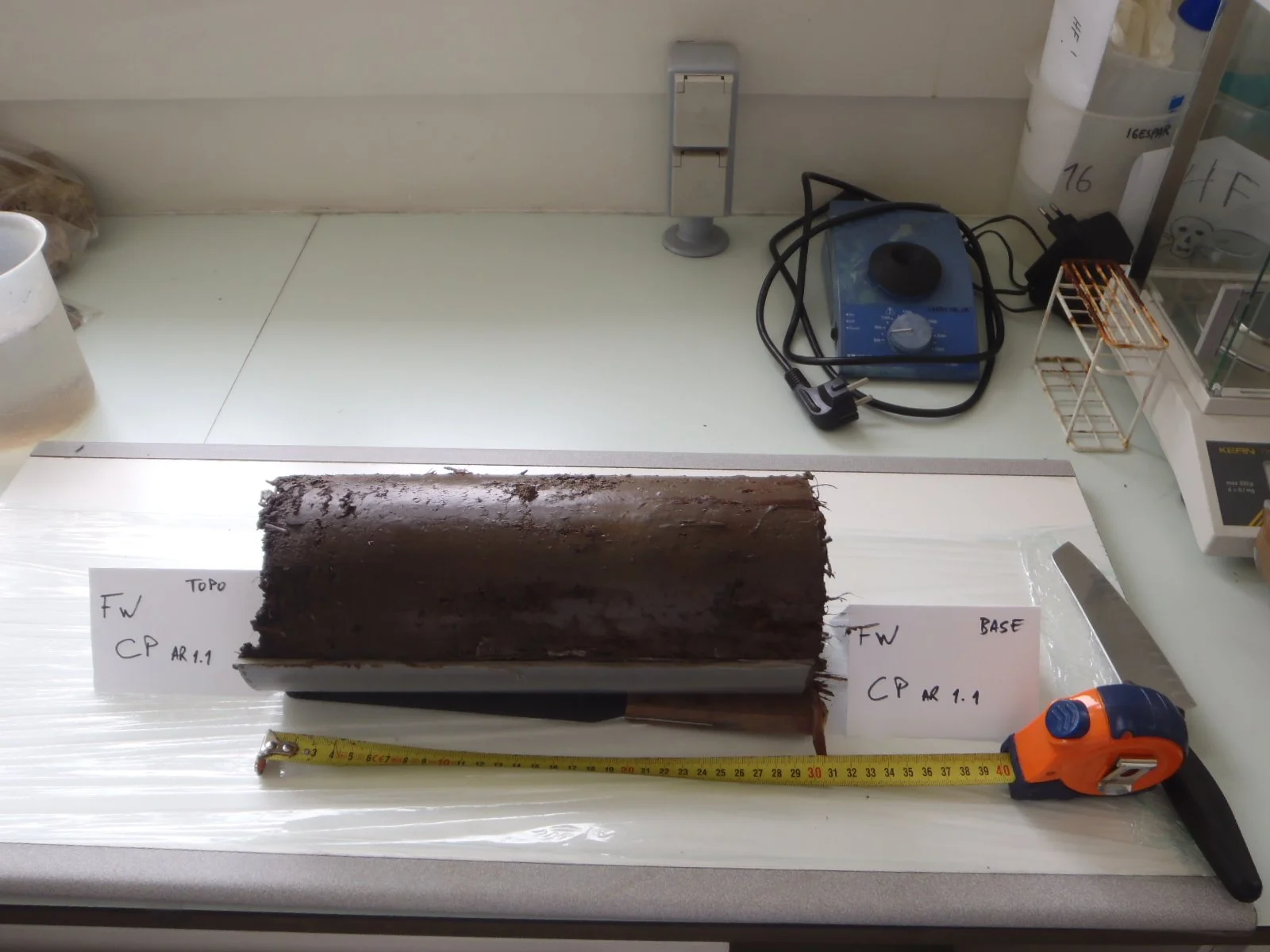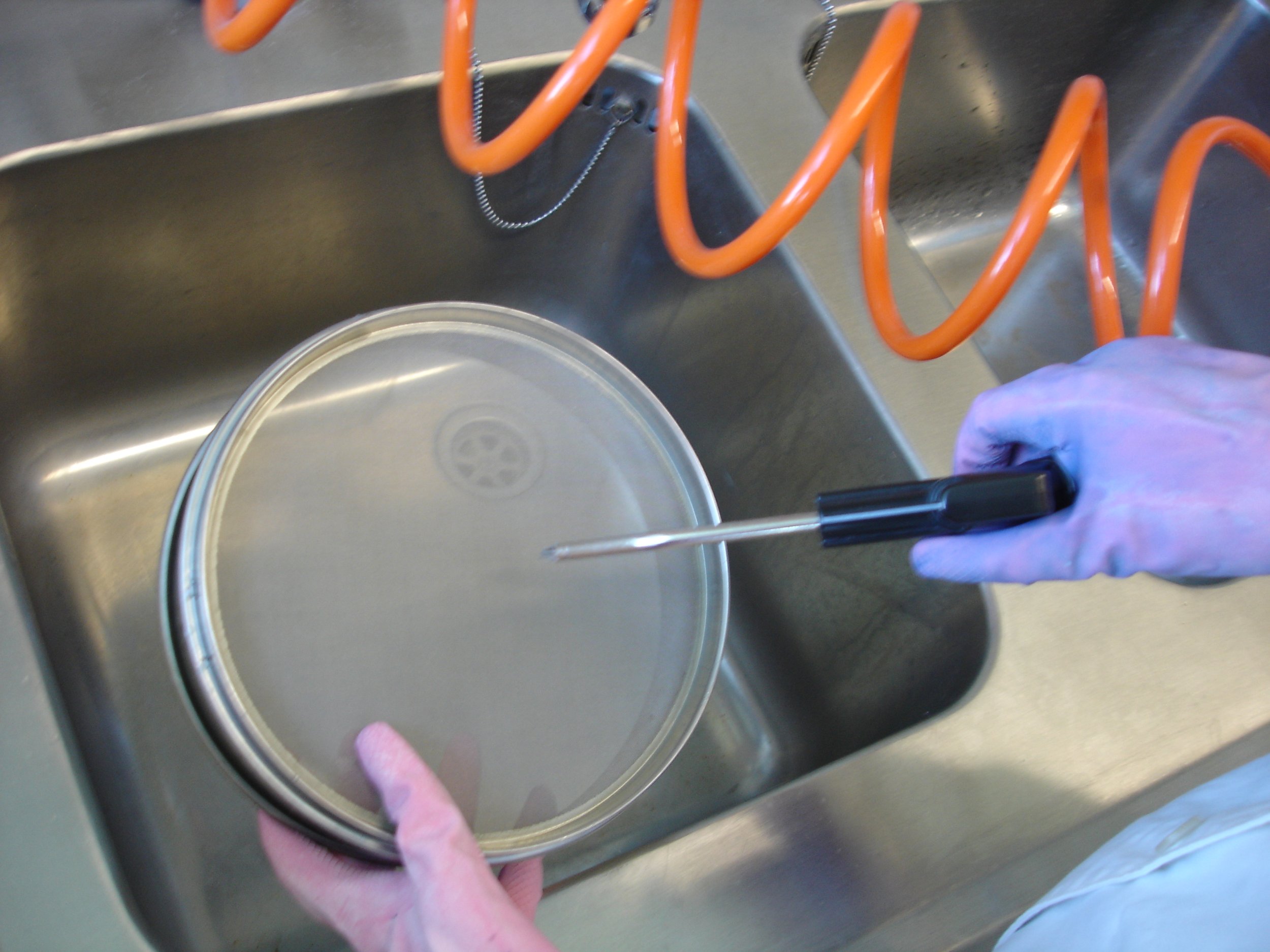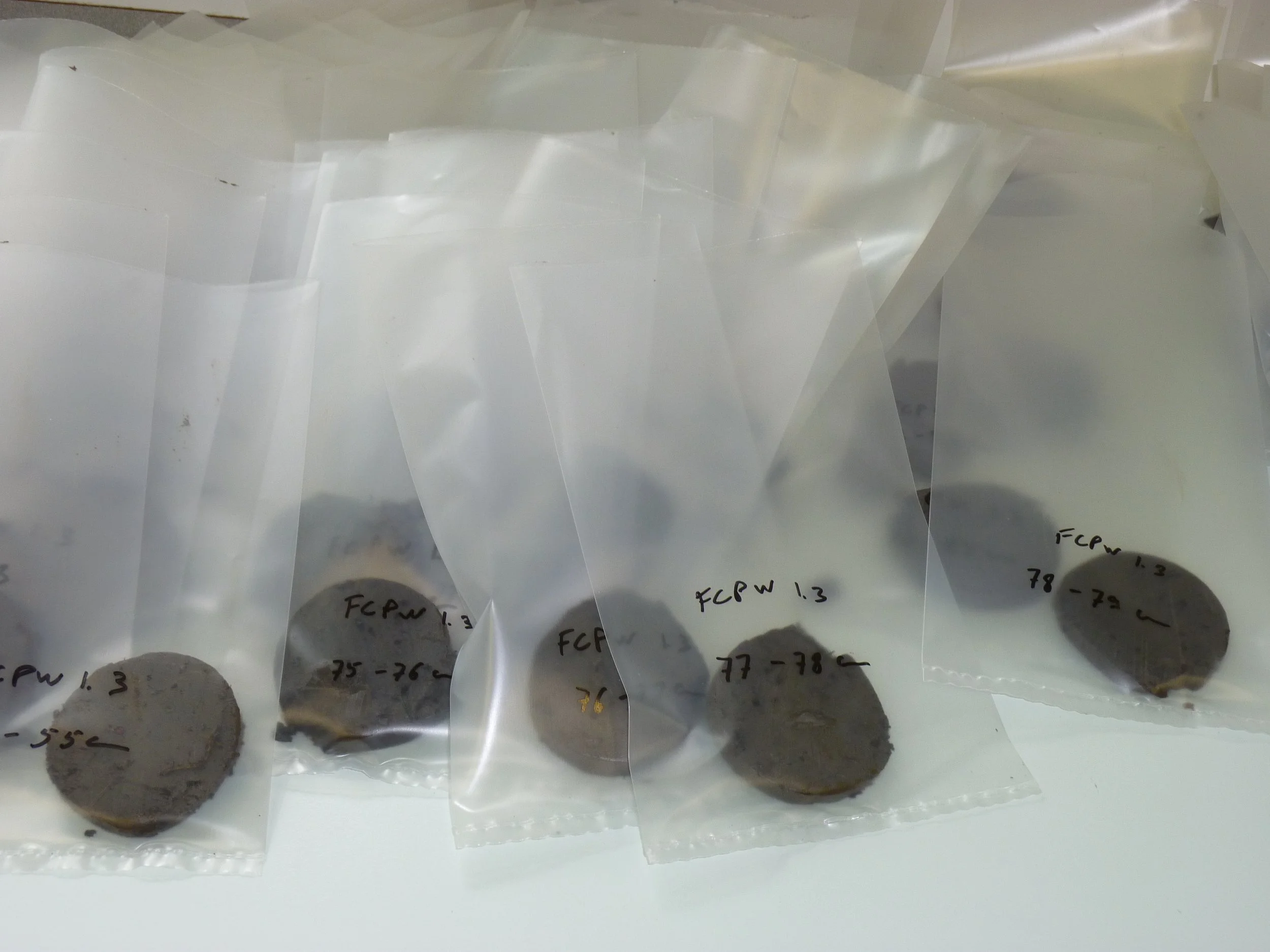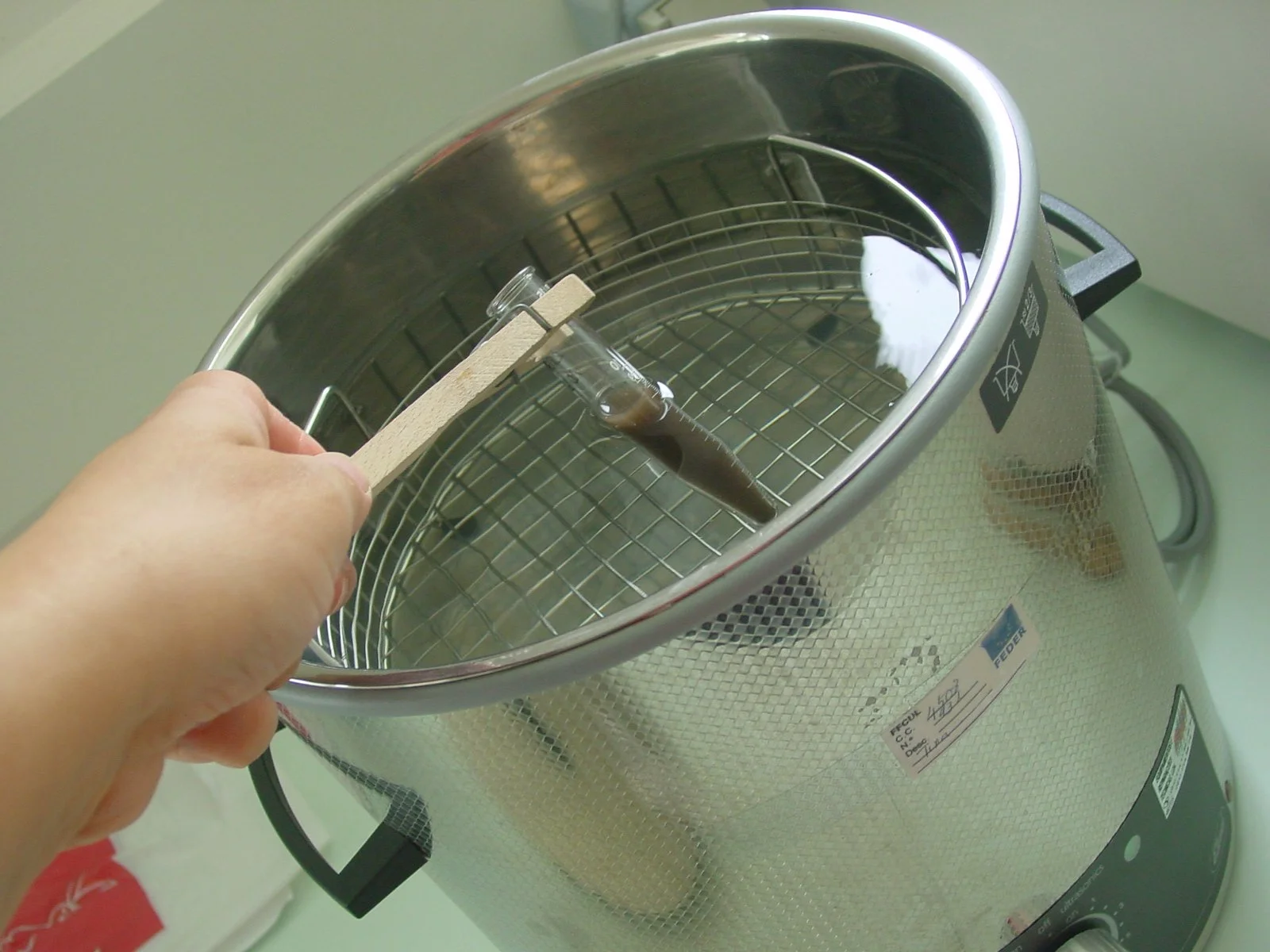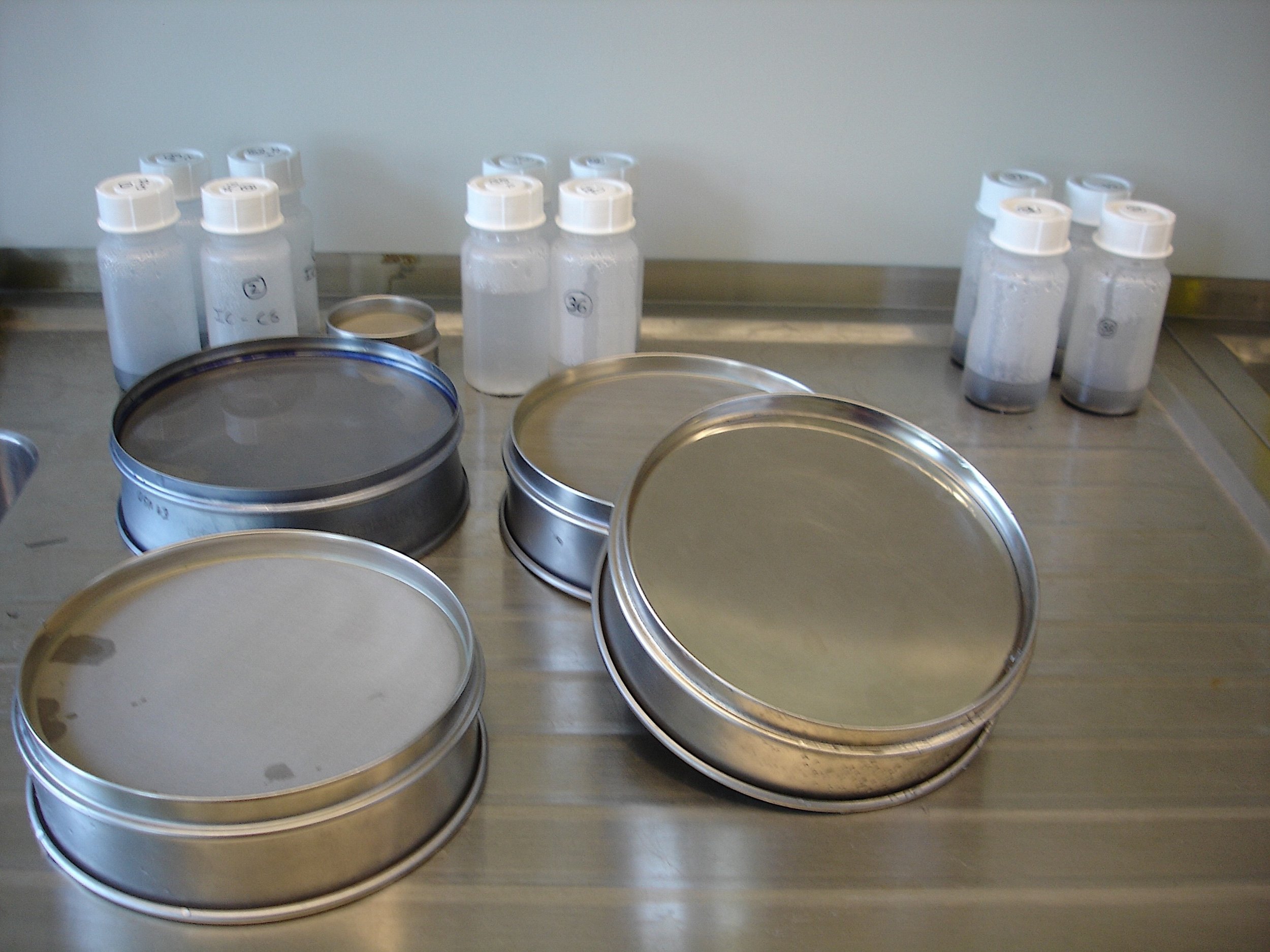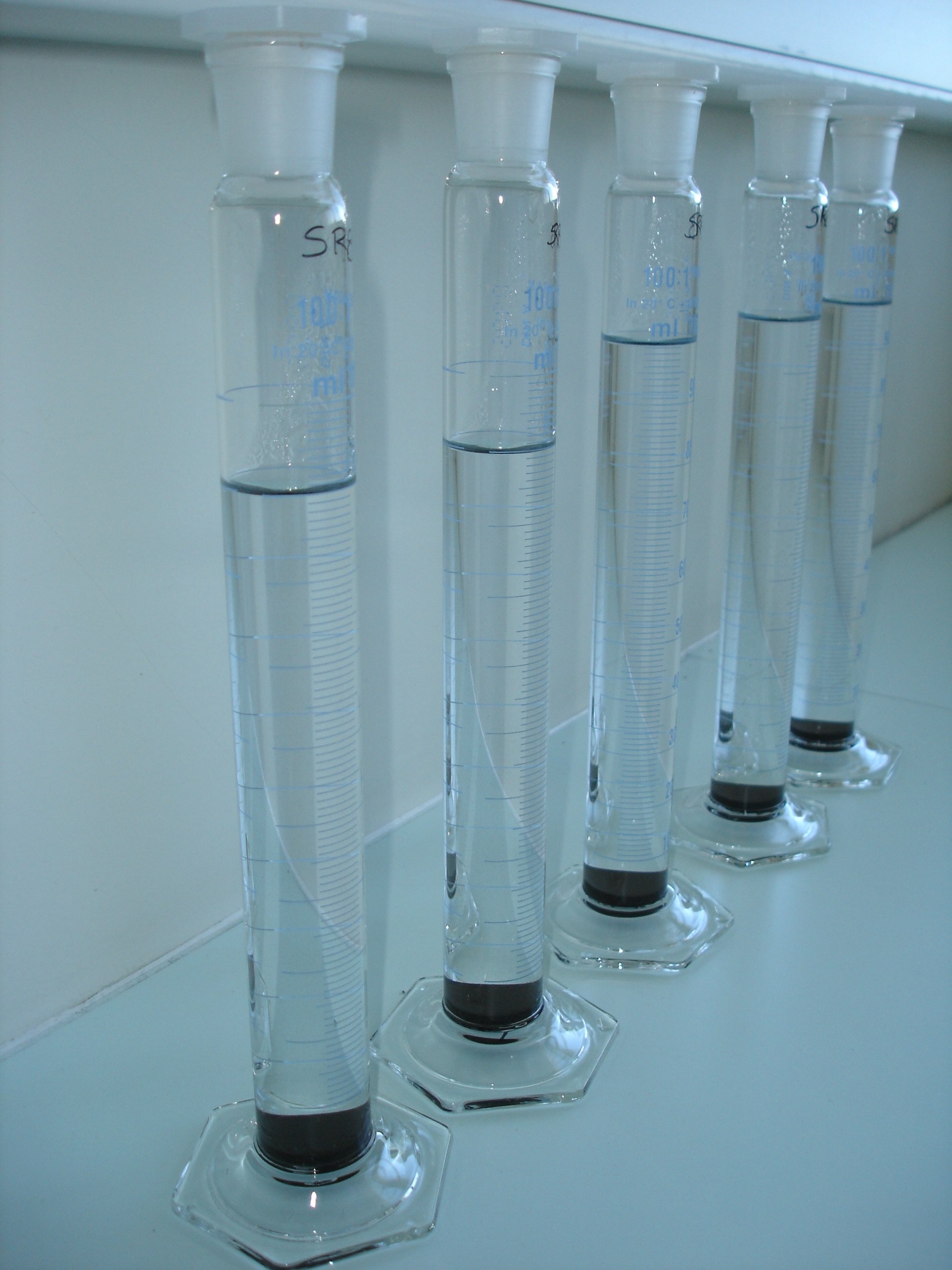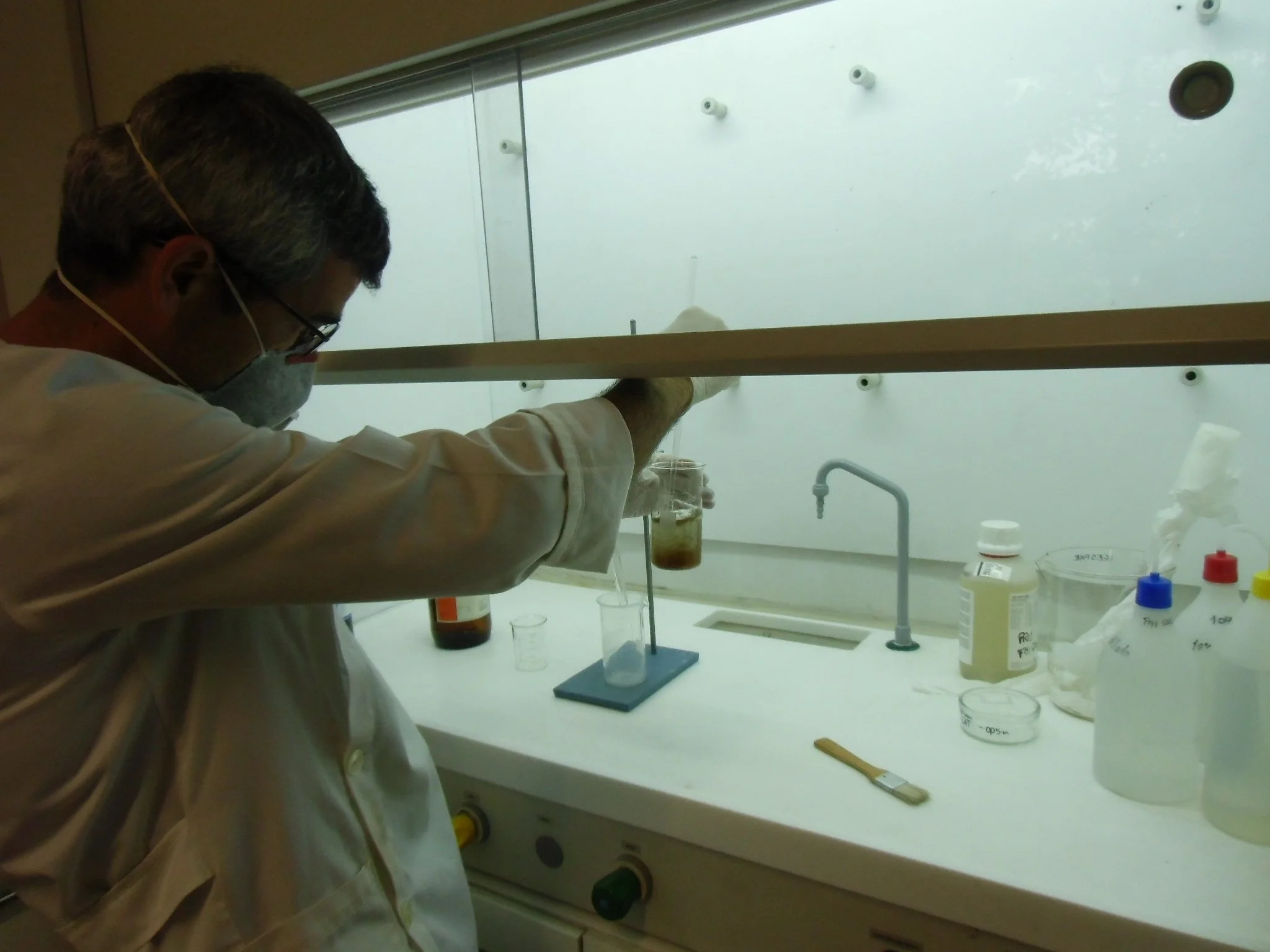Stratigraphy Laboratory
Overview
The Stratigraphy Laboratory is a fundamental facility for sediment sample preparation for micropaleontological and biostratigraphic studies (e.g. Foraminifera, Ostracoda, Dinoflagellates, Pollens). This is a wet lab where the sediment samples (including marls) are treated, namely disaggregation, washing and residues separation, according to specific protocol of each microfossil group. Small sediment cores may be opened and sliced there also. In addition, this lab is used to perform other technical procedures in sedimentary rocks, as staining of carbonate rock thin-sections.
This laboratory has also an essential role in the technical formation of PhD and Master students that choose this speciality.
Researchers, technicians and students from other Institutes (namely from Archaeology and Biology) often request and are allowed to use this lab as it guarantees safety conditions to acid digestion required by Palynology and Dinoflagellates sample preparation.
Infrastructure
Oven - Memert UFE 700
Centrifuge - Heraeus Labofuse 400
Fridge and freezer - General Frost
Scales - Kern 440 35N and Kern EW
Ultrasound tub - TransSonic TS540
High flow gas extraction hood – Industrial Laborum
Main highlights
In the past 5 years, the Stratigraphy Laboratory was the base of 2 final graduation projects involving 7 students; 3 master research project and subsequent dissertations (a fourth one will start soon); 2 international collaboration programs (Brazil and Germany).
Most important achievements that must be highlighted concern: contribution of Foraminifera assemblages data to understand recent climate evolution in the NW of Portugal and to multidisciplinary identification of AD 1755 tsunami deposits in Algarve (onshore and offshore), as well as, for the first time, on the NE coast of Brazil; integration in a broad European study of tidal marshes and their ecological constraints, based on characterization of Ostracoda associations from Portuguese tidal marshes; the ongoing inclusion in the catalogue of the prestigious Senckenberg Natural History Museum of Frankfurt of the most important holotypes and paratypes of the Ostracoda collection (Jurassic, Cretaceous and Holocene specimens), which results from specialist work developed over the last 40 years by a RG3 researcher, including more than 70 new taxa, mostly species; relevant contributions to Portuguese and International Stratigraphy, like high-resolution novel stratigraphic data of regionally significant Cretaceous units and studies related to the establishment of the Toarcian GSSP (Global Stratigraphic Section and Point) at Ponta do Trovão (Peniche).
The laboratory achievements are clearly committed with the public interests, namely considering the contribution to the knowledge of 1) big earthquakes recurrence (natural hazards), 2) the world Geology, Stratigraphy and Earth History and 3) Earth past and present biodiversity and their preservation as a patrimony of Human culture and Natural History.
FUTURE Prospects
The research lines described above will continue to be developed, namely ecological characterization of Foraminifera and Ostracoda assemblages from present day tidal marshes, their application as analogues to palaeoenvironmental reconstruction and recent climate evolution, from now mainly applied to the Portuguese southern estuaries. The knowledge of Ostracoda assemblages from the Algarve continental shelf and upper slope will be developed looking for the influence of continental contributions (rainy periods) and Mediterranean circulation. The development of high-resolution and multidisciplinary stratigraphic studies (ostracods, microfacies/ facies analysis), paleoenvironmental and palaeobiogeographical reconstructions of Mesozoic successions from the Lusitanian Basin are also important objectives that depend on the facilities of the Stratigraphy (as well as Micropaleontology Laboratory) Laboratory.
The Geology students formation on the field of Stratigraphy and Micropaleontology is a first order societal commitment. The contribution of micropaleontology inside the groups that develop the knowledge about tsunamis occurrence and their public consequences is relevant; and palaeoclimatic reconstructions building knowledge of climate change and related impacts to people and ecosystems, will continue to be a central goal, as well as decoding the Portuguese stratigraphical record and its correlation with global Stratigraphy.
Contact Person
Address
FCUL, Campus
